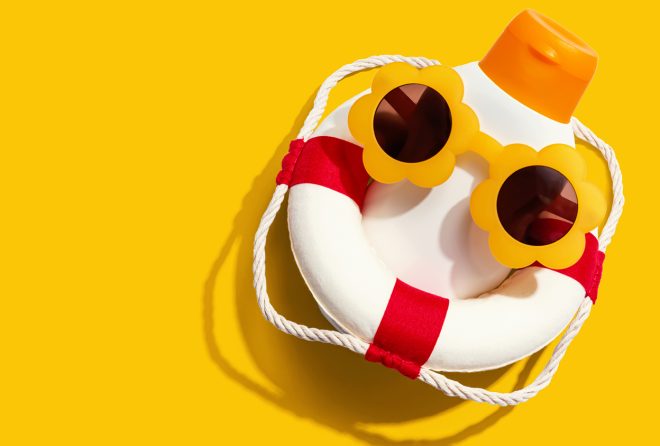It’s time to be alert to diabetes and any alarm bells!
What is diabetes? Diabetes is a chronic disease involving elevated levels of blood glucose (or blood sugar) which can le...

Do you ever find your skin red, raw, blistered or peeling after being out in the summer sun? Maybe after a day at the beach, out on the water, in the garden or playing sport? Unfortunately, more than a quarter of Australians still admit that sun protection isn’t part of their daily routine.
It’s this relaxed attitude to the sun’s damaging effects which has led to Australia having one of the highest skin cancer rates in the world. Currently 2 in 3 Australians are diagnosed with some form of skin cancer before the age of 70! The slightly better news is 95% of those skincancers can be successfully treated as long as they are detected early.
Your personal risk of skin cancer is determined by many contributing factors. The key ones include:
If you would like to get an idea of your risk, there are many personal risk assessment tools available online that calculate your risk based on your answers to evidence-based questions. With thanks to the Melanoma Research Division of QIMR Berghofer Medical Research Institute based in Queensland, one such tool can be found here.
Sid the seagull launched the Cancer Council’s “Slip Slop Slap” campaign over 40 years ago, and his three basic precautions are still vital today, especially as both the intensity of the sun and our risk of skin cancer, have been steadily increasing over the last four decades due to environmental factors.
The Cancer Council has added two S’s in recent years to make the current recommended sun protection measures:
Given that 95% of skin cancers can be successfully treated if detected early, we believe adding another “Seek” to the above list is critical – Seek medical advice without delay if you spot any skin growth or mole of concern! Getting your doctor to assess it sooner rather than later will maximise your chances of a successful treatment and also give you peace of mind.
Booking a thorough, overall skin cancer check with your doctor on a regular basis is also a very good idea. The Cancer Council and Ochre Health recommend a skin check every 12 months, especially for people over the age of 30.
Book an appointment with your GP today – it could save your life!
What is diabetes? Diabetes is a chronic disease involving elevated levels of blood glucose (or blood sugar) which can le...
Every day, 40 Australians are told they have bowel cancer – talking to your doctor, regular bowel screening and plenty...
Never miss a beat – talk to your doctor today about your risk and your eligibility for a Heart Health Check. An Au...